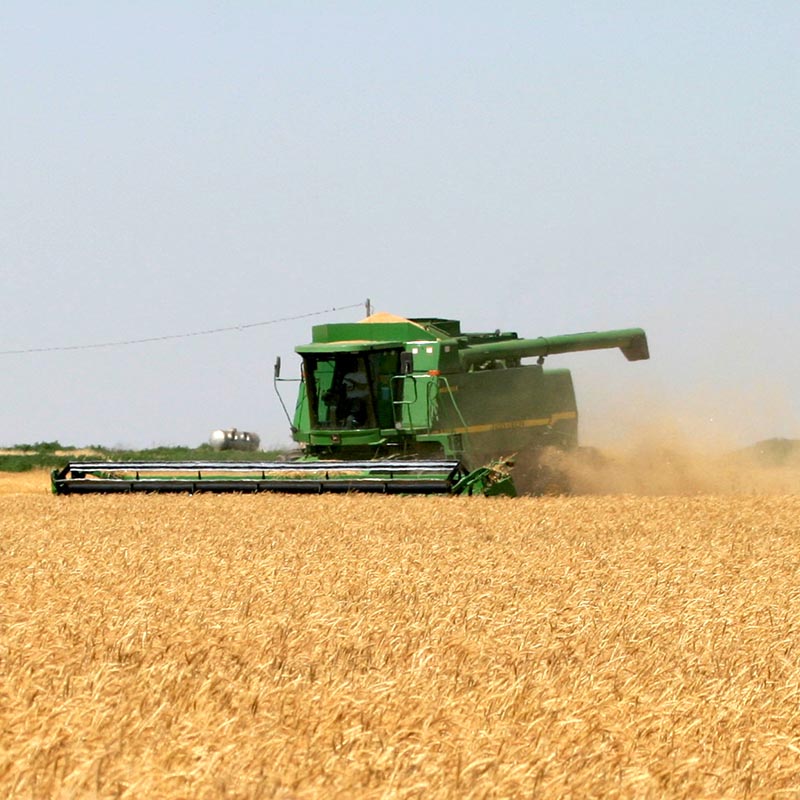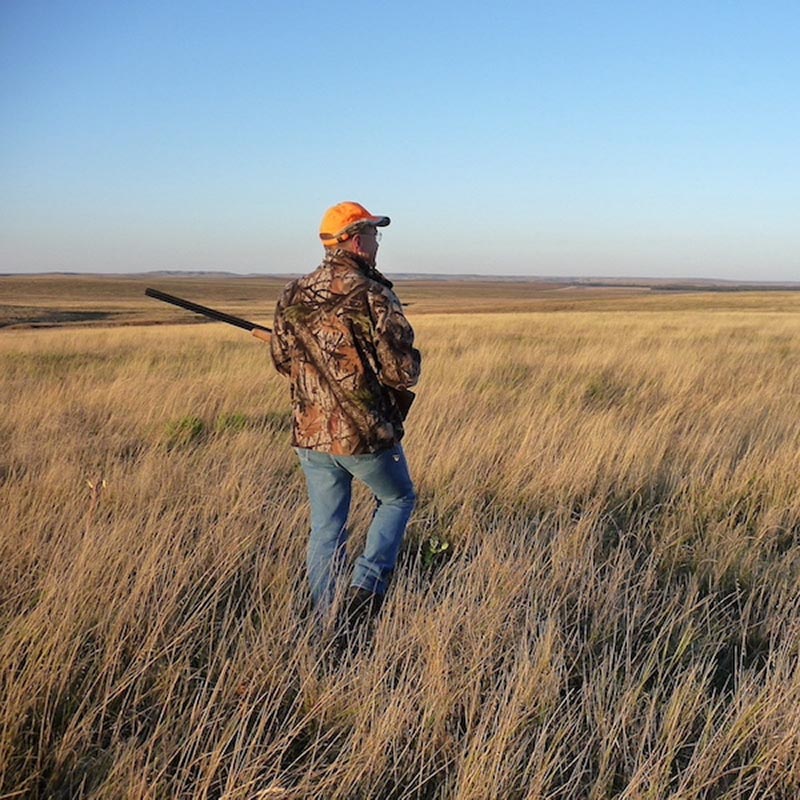Our region encompasses the short- and mixed-grass prairies of the western Great Plains including portions of Colorado, Kansas, Nebraska, New Mexico, Oklahoma and Texas. It is part of the larger Great Plains area known as the “breadbasket” of America because of its vast amount of grain and corn production; however, as you read through this section, you’ll see there’s much more to this landscape than just agriculture.
Our Landscape Is Diverse
The western Great Plains. While many people think of this region as fairly flat and boring, this is a diverse landscape with sweeping vistas that support a variety of different and unique habitats, birds and other wildlife.
This landscape is also diverse when it comes to how people live and work on the land — from major metro areas and important regional cities to small, rural communities and agricultural lands.
No matter the location, our landscape is shaped by people — where we live, how we work, and what we do for fun.
People Shape the Landscape
More than 9.8 million people live within our region, but the majority of them are located in urban areas like Oklahoma City, Denver and other cities along Colorado’s Front Range as well as in smaller cities like Wichita, Kansas; Clovis, New Mexico; and Amarillo and Lubbock, Texas. In fact, if you looked at the distribution, you’d see 75% of the population concentrated in those urban areas.
Once you leave the city and get into playa country, the landscape is almost entirely rural. To put that into perspective, 25% of the region’s population — about 2.5 million — is spread across 93% of the land, and most of that land is privately owned.
These Are Working Lands
Farming and ranching are the biggest industries in the region, with cropland and rangeland dominating the landscape. Together, our six states account for nearly one-fifth of the U.S. agricultural output.
Wheat may be the dominant crop in our region, with over 19 million acres planted every year, but a large percentage of the U.S. supply of sorghum, millet and cotton — as well as beef — is also produced here. In fact, four of the top five cattle-producing states are in our region.
This landscape also supports other industries including dairies, advanced manufacturing, renewable energy generation, and recreation.
Wildlife is a Way of Life
In this rural landscape, wildlife is a natural part of life. Hunting and fishing traditions have been passed down through generations, and visitors are attracted to the area in pursuit of wildlife-related recreational activities such as waterfowl and game bird hunting and bird watching.
As part of the Central Flyway, our region provides many recreational opportunities associated with migration. Each year, millions of birds travel between nesting areas to the north and wintering areas to the south. As they make their way along this route, they stop for food, rest and shelter.






